
In Part 13, we looked at the benefits of Component Thinking, which involves thinking of any product we are working on as made up of subcomponents, which can be evolved or swapped out over time.
Now I’d like to take a step back and consider the big picture of what it means to work in small packets.
The implicit model of human productivity that most people hold is a pipe with a fixed diameter. You can only push so many units of work through the pipe at any one time, so it’s better to dedicate your full bandwidth to one thing before moving on to something else. This is apparent when you hear people turn down new projects or commitments with the phrase “I don’t have the bandwidth.”
But taking the bandwidth metaphor to its natural conclusion, we find an interesting possibility. The history of telecommunications suggests that a 100-fold increase in bandwidth is possible just by changing the way the network operates.
In the 1990s, internet service providers rolled out “broadband” internet. Within a few short years, connection speeds increased by up to 100 times. DSL and cable connections accomplished this feat by piggybacking on existing twisted pair copper wiring, a technology invented by Alexander Graham Bell in 1881.
How was this possible? Through a new invention called packet switching.
Instead of sending the data through one channel, one bit at a time, in a certain order, packet switching networks break up the data stream into discrete packets. These packets were able to fill in the in-between spaces in transmissions that were often wasted.
But this was just the beginning. By individually labeling and tracking each packet, routers were able to send them along multiple pathways to their destination. This allowed them to route around bottlenecks, take advantage of unused capacity anywhere in the network, and resist disruptions, since any lost packets could be sent again.
Packet switching not only made individual connections much faster and more resilient, it massively increased the bandwidth that could be carried through a given network. By removing the need for any central hub through which traffic had to flow, it eliminated any single point of failure where a bottleneck could form.
I believe that packet switching has the potential to transform personal productivity, just as it transformed telecommunications. What we need to do is replace the model of a fixed pipe with a personal productivity network.
The “nodes” in your personal productivity network are “any work session where intelligence is applied.” This could be a few minutes answering emails while waiting for the train, all the way to an hours-long slog of focused execution. Every time you write a note to self on the fridge, or save your notes on a book, or write down a to do, you are transmitting a packet of data through time to your future self.
But nodes are not limited to your personal capacity to apply intelligence.
Nodes include other people. When I send a collaborator an email with instructions to complete a task, I am sending them a neat little packet of work. Once they have applied the necessary intelligence, they send back a “processed” packet, which I can then integrate into what I’m doing.
Nodes can include organizations and communities. When I send in my passport to be renewed, I have to follow extremely precise rules and regulations. The U.S. State Department tells you exactly how they like receiving their packets. I expect a certain amount of intelligence will be applied, and the packet I receive back will be of considerably higher value to me. By sharing a challenge with a community, I’m giving them the opportunity to apply their collective intelligence to it.
And finally, software programs are becoming increasingly effective nodes. When I upload a paragraph of text to Google Translate to get the English translation, I am sending them a packet. When I save a task to my task manager and later find it in a search, a little bit of intelligence was used to remember the note and surface it at the appropriate moment.
Packets of work traverse this network, picking up bits of value as various kinds of intelligence are applied at each node. We can either complete a task ourselves, or send it to a different node that is unoccupied or better suited to it. This can include tweeting a question to your followers, getting a crowdsourced list of ideas from a group email, or asking a collaborator to help you with a task.
As the owner and manager of a personal productivity network, you step back from your role of “individual contributor,” working dutifully in place on the production line, applying your knowledge one unit at a time and getting paid by the hour. You move from being a “knowledge worker” to a “knowledge manager,” routing jobs to the best nodes and only occasionally stepping in to do the work yourself.
This network is your second brain: a system of people, software, and organizations working together in a decentralized way, with your own personal efforts dedicated to tweaking and tuning how the system operates.
This system works day and night, and is measured by value created, not hours worked. It is not limited by the bandwidth of one person’s time, by the limits of one person’s knowledge, or by the extent of one person’s capabilities.
It is limited only by the intelligence and skill with which you expand your network beyond the scope of your own knowledge and abilities. Once it reaches critical mass, it grows almost without your involvement. After that point, its expansion is limited only by your ability to get out of the way.
Follow us for updates on Twitter, Facebook, Instagram, LinkedIn, or YouTube.
The Only Subscription
You Need to
Stay at the
Edge of AI
The essential toolkit for those shaping the future
"This might be the best value you
can get from an AI subscription."
- Jay S.
Join 100,000+ leaders, builders, and innovators

Email address
Already have an account? Sign in
What is included in a subscription?
Daily insights from AI pioneers + early access to powerful AI tools
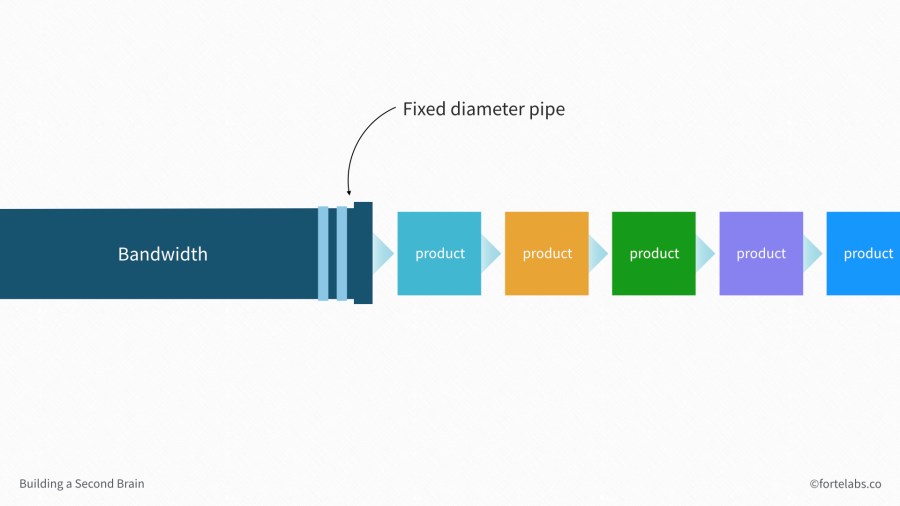
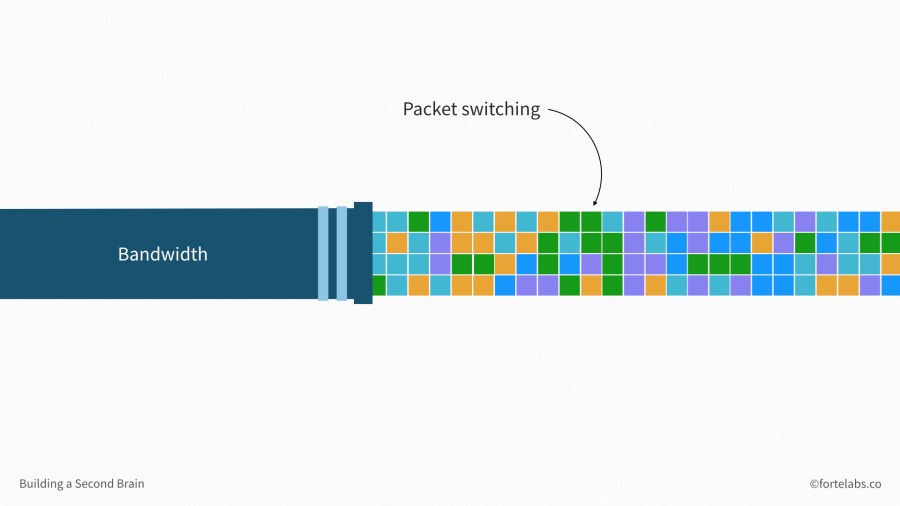
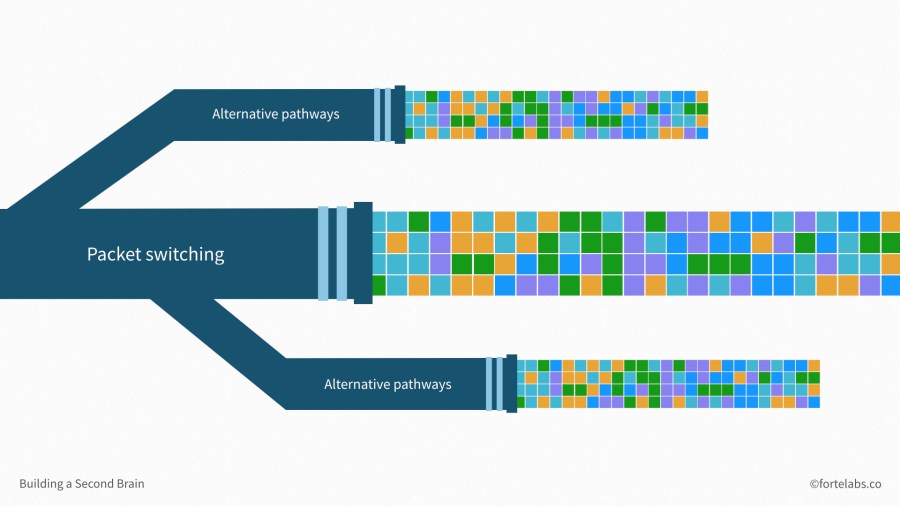
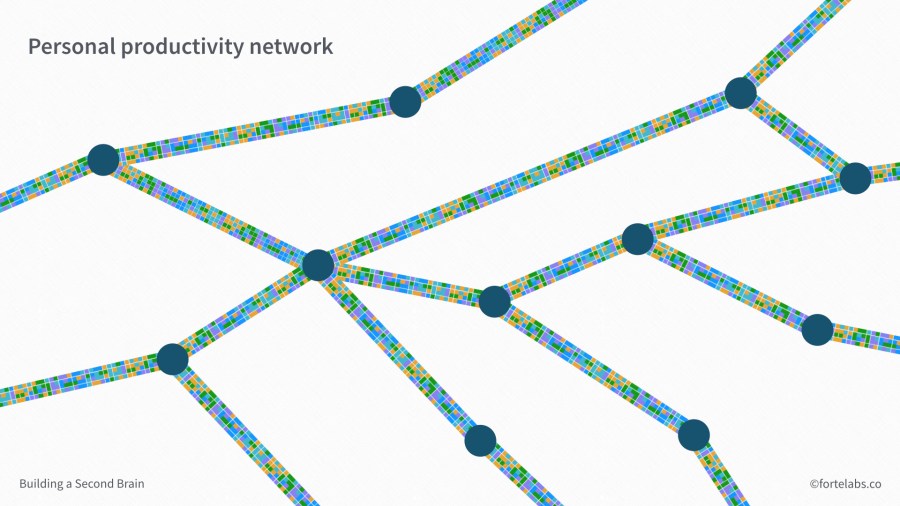
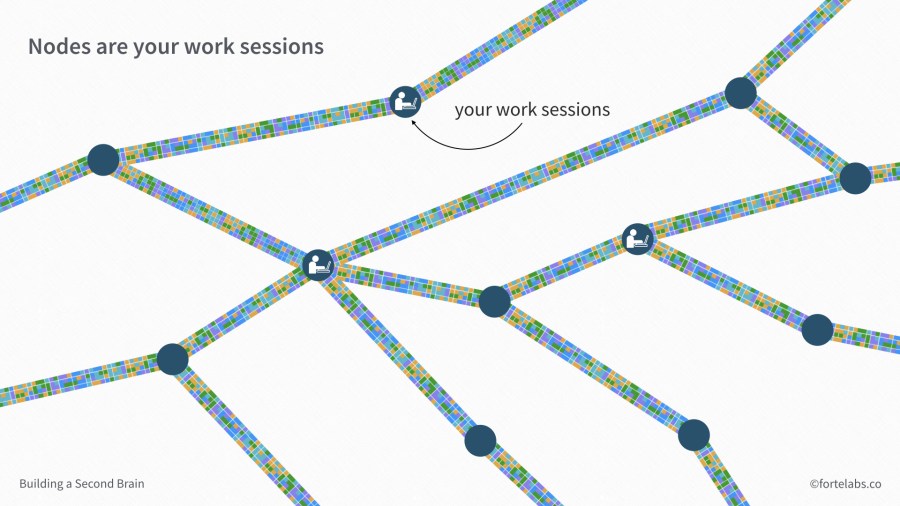
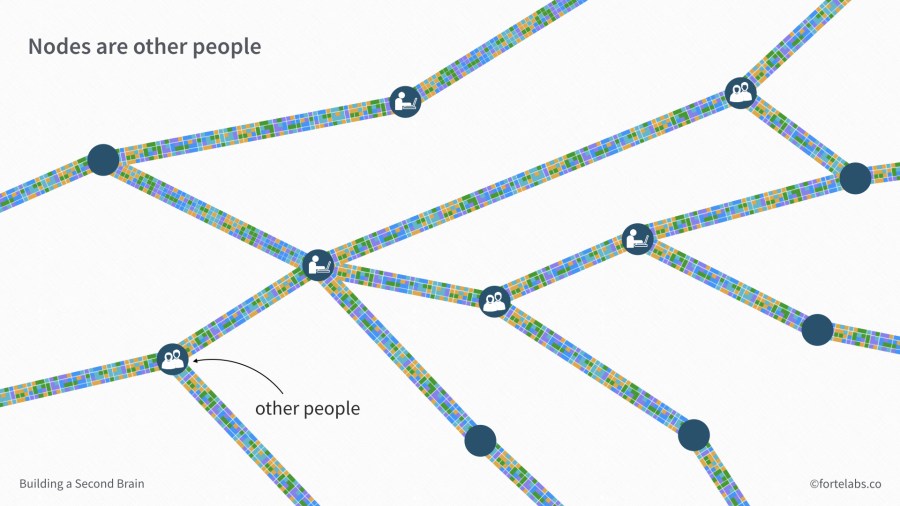
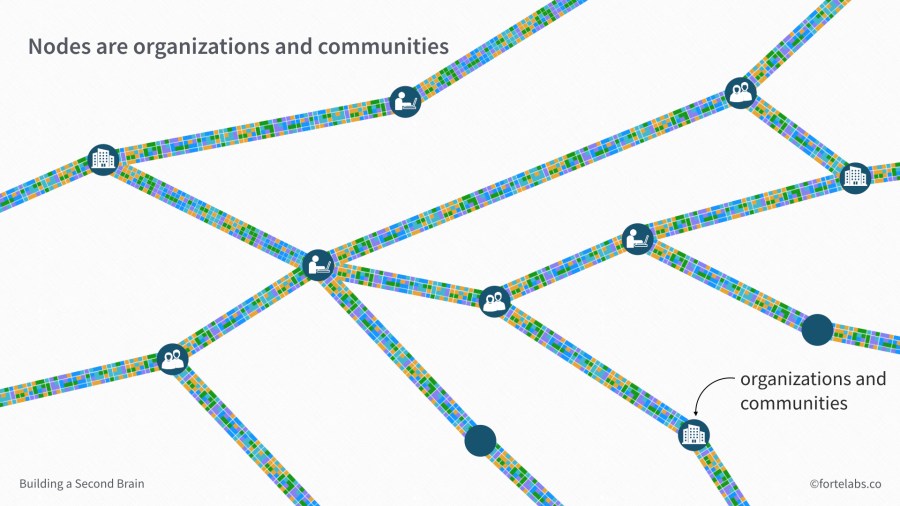
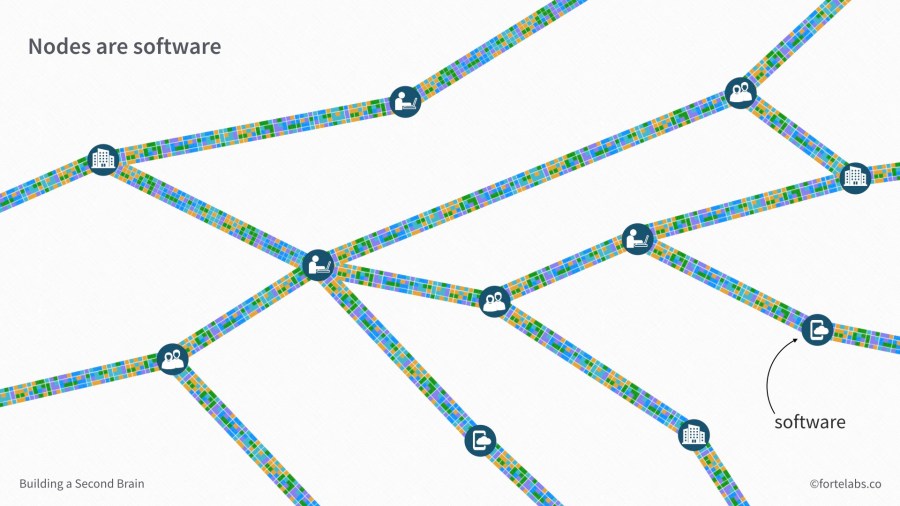







Comments
Don't have an account? Sign up!